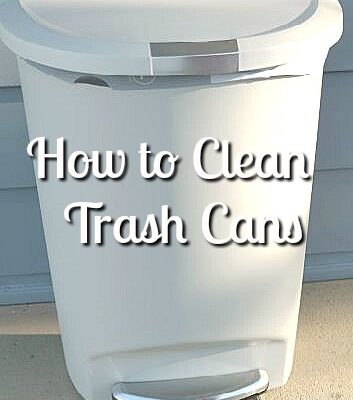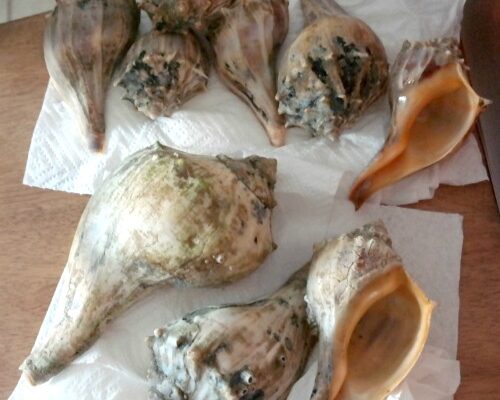 A year ago we became pet parents for the first time. In April 2019 we rescued and adopted an adult male cat. Then in December 2019 we rescued and adopted a small kitten. Over the course of a year we learned a lot about how to take care of our beloved furry friends and how to keep their things clean.
A year ago we became pet parents for the first time. In April 2019 we rescued and adopted an adult male cat. Then in December 2019 we rescued and adopted a small kitten. Over the course of a year we learned a lot about how to take care of our beloved furry friends and how to keep their things clean.
* This post contains affiliate links.
Cats by nature are very clean animals. They will bath themselves multiple times a day. They like everything around them to be clean…this includes their cat beds, toys, play areas, food dishes, pet carriers, etc. When cleaning things you need to use a non-toxic or natural cleaner that is safe for use around your pets.
We do a lot of traveling and we take our furry friends in for regular vet and grooming appointments. To transport our cat to and from various places he rides in a pet or cat carrier. We prefer using a hard-sided carrier which is easier to clean!
The first thing you want to do is remove anything that is inside your carrier…toys, blanket, feeding dishes, whatever. Everything must come out! You will wipe those items down and clean them separately.
I like to take our pet carrier outside where its easy to clean. I spray it down with our garden hose…inside and out. If you can pop off the top…do it…and clean each piece separately. After you have “hosed” out all of the visible dirt and debris its time to your spray cleaning.

I buy non-toxic, pet-safe, all-purpose cleaners from Amazon. There are several different companies that make them. Read all of the directions and precisely follow them. You don’t want to over-dilute or under-dilute the product that you’re using. Spray the cleaner inside and outside of the carrier…make sure you get it into all of the nooks and crannies. Follow the instructions on the package on how long you should let the product sit. You can use a clean cotton cloth to wipe down the inside and outside to help remove stubborn dirt and stains. Treat those stubborn areas a second time.
Once I’m done cleaning it I like to spray it down with our garden hose to completely rinse it. Make sure you open up all of the access doors and turn it upside down to help let the water drain out. Let it air dry on a nice warm day.
How often should you clean your pet carrier? In my honest opinion…it should be done every time you use it. Keeping it clean will stop the spread of viruses, parasites, and bacteria that can make you and/or your pet sick!
* This post contains affiliate links. If you make a purchase, we may or may not receive a small commission which helps to support this site. Thank you!










